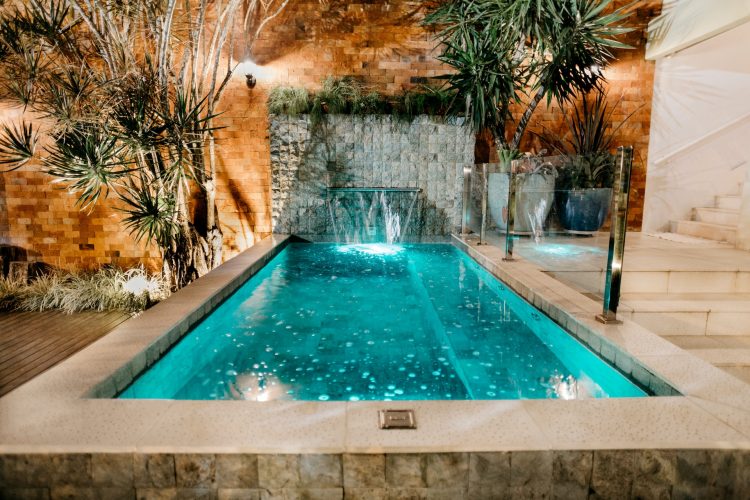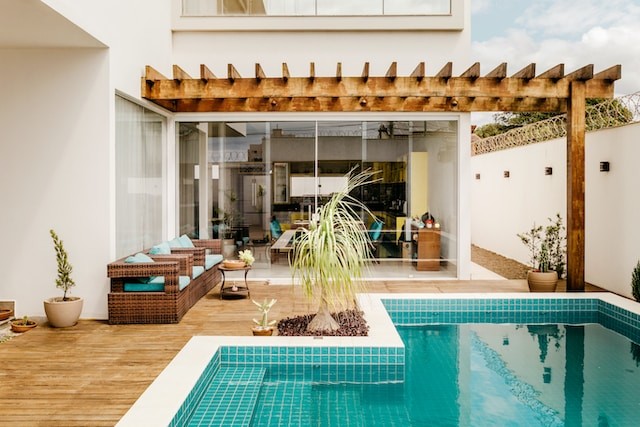Learning to Prepare How to Install an Outdoor Pool

What points you need to pay attention to when preparing for the installation of the pool? Knowing these nuances, you will be able to track the work of the pool contractor and will know what to ask when discussing various current issues.
Installation instructions
We must thank pool suppliers who include detailed assembly and installation instructions with the pool package. After reading it, you will know in general terms how the installation of the tank is carried out. But it should be noted that these products (inflatable or frame) contain a large amount of water. They can withstand a large load without problems, and pools are designed for this. But everything depends on the small nuances of installation, which affect the quality of the final result and the long-term operation of the hydraulic structure.

And the main requirement is a properly constructed platform for a pool in the country. It, firstly, must be smooth, without defects and flaws. Secondly, horizontal. Small deviations are allowed within 2-5 mm per 1 m of length. Such stringent requirements are due to the following nuances:
- defects in the plane on which the pool is installed can lead to rupture of the material under the influence of a large load from the water poured inside;
- the distortion of the structure leads to deformation of the walls.
Preparation of the site
Pool installers recommend to start by determining the mounting location. Immediately make a reservation that the place must be chosen once and for all. It should be convenient for the use of the pool itself, and there should be a minimum distance from the sources of water supply and electrical power to the structure.
For many inflatable models, there is no need to carry out complex construction operations. For them, it is enough to select soils to a depth of 20-30 cm, fill the pit with sifted sand, level and compact the sandy layer. The main thing is that no pebbles or other durable granular materials remain on the sand. Because even a gravel pebble with rounded edges (not sharp) causes a rubberized material to break. After all, the pressure of several tons of water on the bottom of the structure is enormous.

Some pool builders recommend that the flooring under the pool be constructed from polystyrene foam boards. If such a requirement is present in the instructions, then the insulation is laid on the bottom of the sand cushion, starting from the center, moving towards the edges of the structure.
Pay attention to the design of the pool. If its drain is located at the bottom, then in the process of forming the foundation, you need to think about drainage. Usually, for this, even at the stage of backfilling the sand cushion, the craftsmen lay a plastic pipe with a diameter of 100 mm. Installation is carried out at an angle towards the sewerage facility or towards plantations for watering them.




